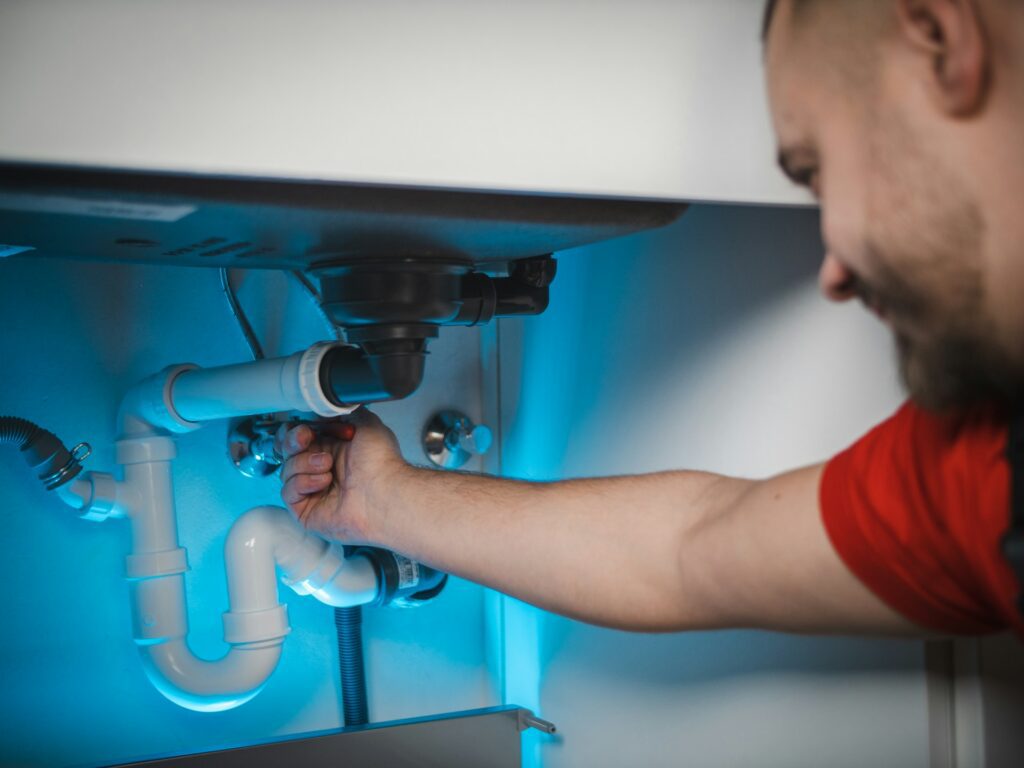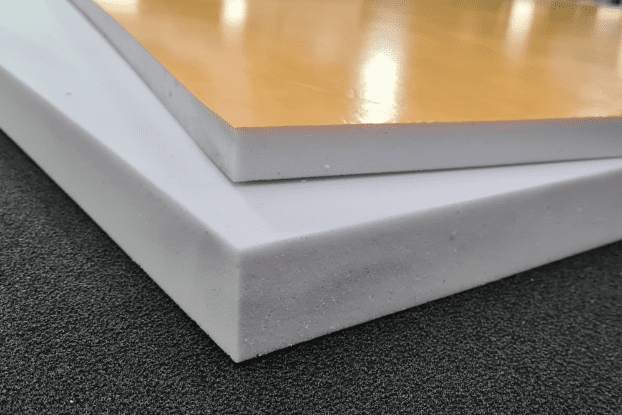
A flooded basement is more than a mess—it’s a major financial headache. Water damage can destroy furniture, flooring, personal belongings, and even weaken the structural integrity of your home. Whether the source is heavy rain, rising groundwater, or melting snow, the consequences are costly. That’s why every homeowner—especially those in water-prone areas—needs a reliable sump pump system in place. It’s one of the best defenses against basement flooding.
Whether you’re considering a new installation or trying to extend the life of your current system, these sump pump tips can help protect your investment and your peace of mind.
1. Know Your Pump Type
The first step is understanding the type of sump pump you have—or need:
- Submersible pumps are installed directly inside the sump pit. They’re designed to operate underwater and tend to be more powerful and quieter. These are great for finished basements where noise is a concern.
- Pedestal pumps have a motor that sits above the pit. They’re easier to maintain and repair, but typically louder during operation.
Each pump has pros and cons. The right option depends on your basement’s layout, how often flooding occurs, and how much maintenance you’re comfortable handling.
2. Install with Performance in Mind
Installation details are critical to a pump’s effectiveness. Start by ensuring your system includes a check valve on the discharge pipe to prevent water from flowing back into the pit after it’s pumped out. It’s a small addition with big benefits.
Make sure the discharge pipe is routed at least 20 feet from your home’s foundation. If water is discharged too close, it can seep back into your basement.
In areas like Central Ohio where storms often lead to power outages, it’s smart to install a battery backup system. This keeps your sump pump running when the power goes out—right when you need it most.
3. Make Maintenance a Habit
Even the most durable sump pump needs regular care. Without it, you might not realize there’s a problem until it’s too late.
- Test the system monthly by pouring a bucket of water into the pit to make sure the pump activates and drains properly.
- Clean the sump pit and inlet screen at least once a year to prevent clogs.
- Check the float switch, power cord, and backup battery periodically.
Proper maintenance can help your sump pump last longer and perform better in an emergency.
4. Call a Professional When Needed
Sometimes, issues go beyond DIY solutions. If your pump frequently cycles on and off, makes strange noises, or doesn’t activate at all, it’s time to consult a licensed expert. A sump pump that’s more than 10 years old should also be professionally evaluated for replacement.
For expert sump pump service, trust a qualified Central Ohio Plumber like Safe Electric and Plumbing. Their team provides inspections, repairs, and full system replacements. They’ll help you select the best pump for your needs and ensure proper installation for long-term protection.
Final Thoughts
When it comes to protecting your home from costly water damage, prevention is key. A high-quality sump pump—installed correctly and maintained regularly—can save you from major headaches down the line. And when in doubt, don’t hesitate to call a trusted Central Ohio Plumber to keep your basement dry and your home protected.



